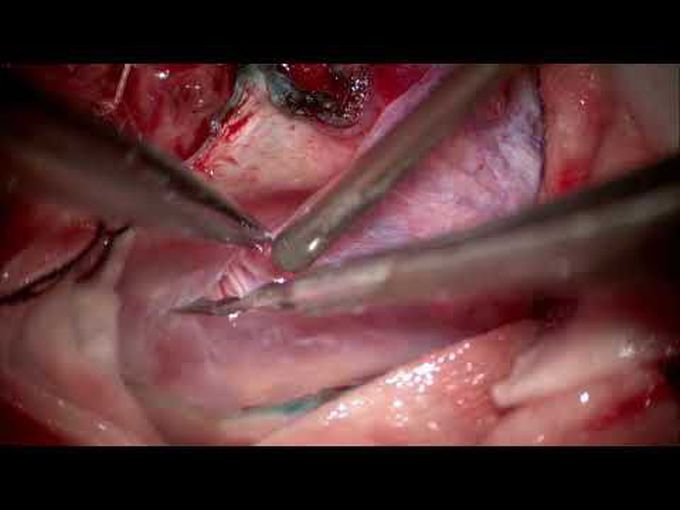


Application of selective indocyanine green videoangiography in microsurg. treatment of CCJDAVF
Liyong Sun, MD, Jian Ren, MD, and Hongqi Zhang, MD Department of Neurosurgery, Xuanwu Hospital, Capital Medical University, Beijing, China Craniocervical junction dural arteriovenous fistula (CCJDAVF) is a rare and unique type of intracranial DAVF with complex neurovascular anatomy, making it difficult to identify the arterialized vein during operation. The authors report the case of a 50-year-old male who presented with symptoms of venous hypertensive myelopathy. Angiography demonstrated a left CCJDAVF. The fistula was successfully disconnected via a suboccipital midline approach. The selective indocyanine green videoangiography (SICG-VA) technique was applied to distinguish the fistula site and arterialized vein from adjacent normal vessels. Favorable clinical and angiographic outcomes were attained. The detailed operative technique, surgical nuances, and utility of SICG-VA are illustrated in this video atlas. Include when citing: Published online April 1, 2019; DOI: http://thejns.org/doi/abs/10.3171/2019.4.FocusVid.18681.

